Sowing pepper seeds
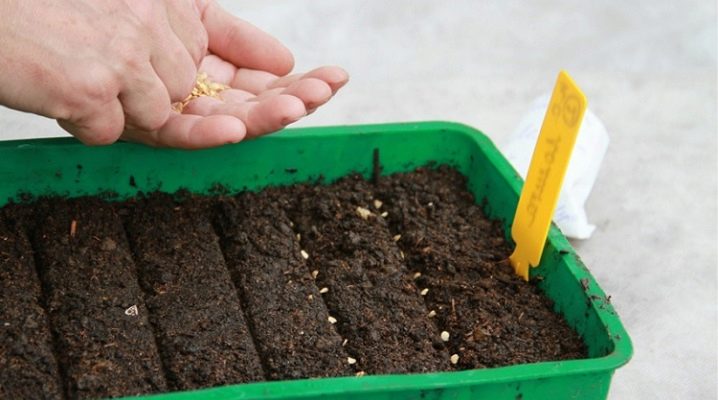
Together with tomatoes, pepper is one of the most popular crops grown using the seedling method. Preparatory work for this process begins in winter, and already with the onset of the first warm days, seedlings can be planted in open ground or in a greenhouse.
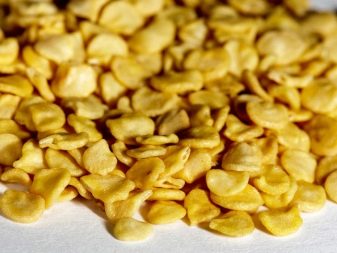
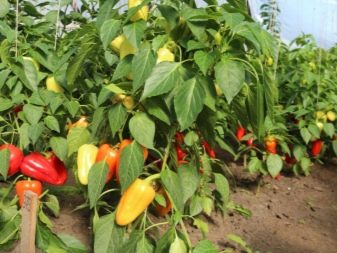
Timing
It is possible to plant this crop in open ground only in the south of Russia. Summer residents who live in other regions, including Siberia, usually do this in special greenhouses, since only in such conditions it is possible to create an optimal microclimate for crop growth. The soil temperature for planting should be above 15 degrees, which affects the choice of the most optimal time. Preparatory work for planting sweet bell peppers is best done in January or February, since March is sometimes quite warm and you can already plant seeds. In the process of planting seeds, it is imperative to take into account the early maturity of a certain variety, since it is this factor that affects the duration of the harvest.
If the pepper is in greenhouse conditions, then the first fruits can be obtained after 100 days, but in an unheated place you need at least 4 months. In addition, it is necessary to add here the time it will take for seedlings to emerge. Thus, if it is necessary to get this vegetable at the end of summer, the seedlings should be planted in the last days of February or, at the most, until mid-March.
When using the lunar calendar, planting should also be carried out in early summer, with the result that the harvest will be obtained in late summer or early fall.

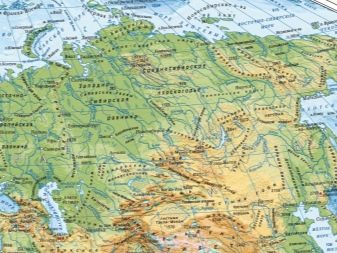
The necessary conditions
In order for pepper seeds to germinate and give a good harvest at the end, certain conditions are necessary. First of all, you should properly prepare the soil, saturate it with useful trace elements and substances, which will contribute to a more optimal and efficient growth of pepper. In addition, you need to make sure that the temperature allows the seeds to sprout.
The processing of the seeds themselves is also important, because the future of the harvest depends on this. It is best to use the instructions from the seed manufacturer or find out everything empirically.
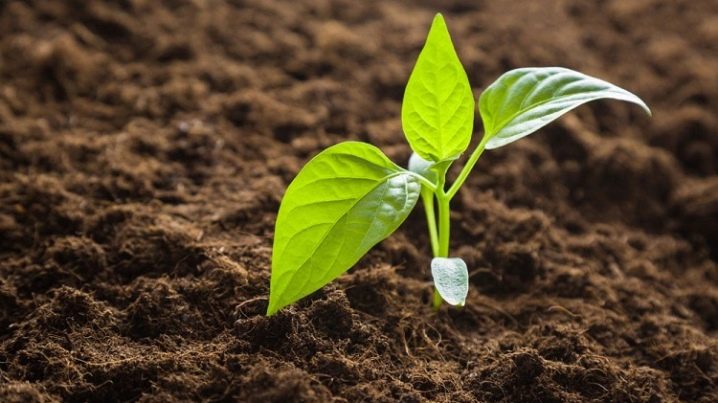
Soil preparation
The quality of the soil is of paramount importance in the process of plant development. For this purpose, it is very carefully prepared, since otherwise the entire crop can be completely nullified. If financial possibilities permit, then it is best to purchase a ready-made substrate in a store, but it is quite expensive. If you need large volumes, you will have to spend money. In this case, it is best to use a mixture that is prepared on your own. This is a fairly simple process, but as a result, it will be possible to obtain components that greatly improve the composition of the soil. The ideal solution for peppers is to use a mixture of garden soil, peat, humus and wood ash. This will provide the soil with all the nutrients it needs to grow faster and more efficiently. In addition, peat, sand and humus can be mixed in equal proportions, which is also a fairly effective way to improve the condition of the soil.
In this case, close attention will need to be paid to soil disinfection.... To do this, the soil should be disinfected by steaming or heating. The first method is to pour boiling water over the ground and cover with dishes until it cools down, and the second involves placing the soil in an oven with a high temperature. It is also considered quite effective to treat the soil with a manganese solution, which destroys all pathogens and makes the soil as clean as possible.
It should be noted that disinfection also has a downside, because beneficial bacteria are killed along with harmful microorganisms. To restore the microflora, it is necessary to immediately fill the soil with water so that it stands for about 2 weeks in a warm room.
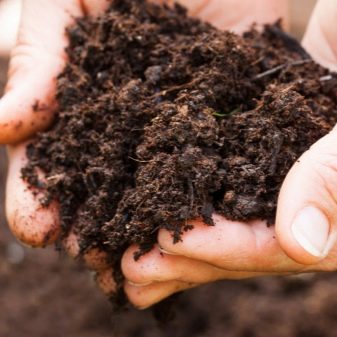
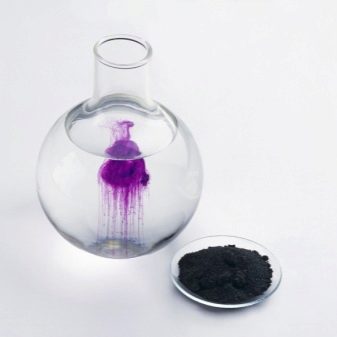
Seed preparation
Seed preparation is one of the most critical stages, which determines the rate of germination of pepper, as well as the quantity and quality of the crop. In addition, the resistance of seeds to various diseases and external factors depends on this. Step-by-step instructions will help you do everything right.
Sorting and selection
Within the framework of this stage, the best quality seeds are selected. In order to achieve maximum efficiency, you need to sort out all the seeds yourself and remove the smallest ones. In addition, summer residents are advised to soak the seeds in a salt solution for 20 minutes. During this time, it will be possible to get rid of all the hollow elements, and the rest can be cooked further.
During sorting, it is also necessary to check for damage or mold on the seeds, as these can infest other seeds and destroy the crop. The main task of the sorting process is to leave only the highest quality material that will allow you to get a good harvest in the future.
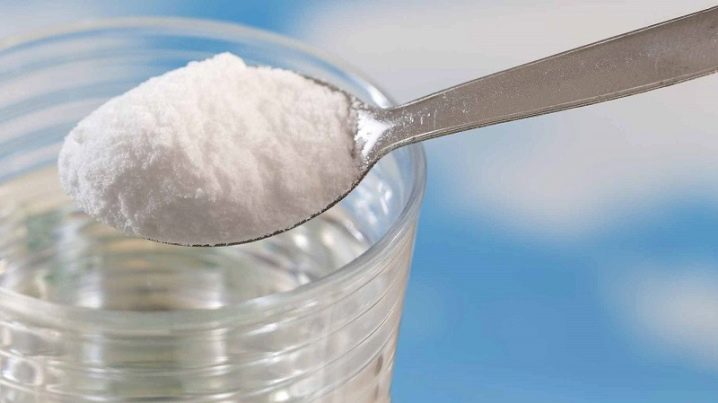
Heat treatment
Regardless of whether the seeds were collected independently at home or purchased from a store, they must be heat treated. This procedure is quite simple and for its implementation you just need to wrap the grains in a cloth and put them on the heating device.
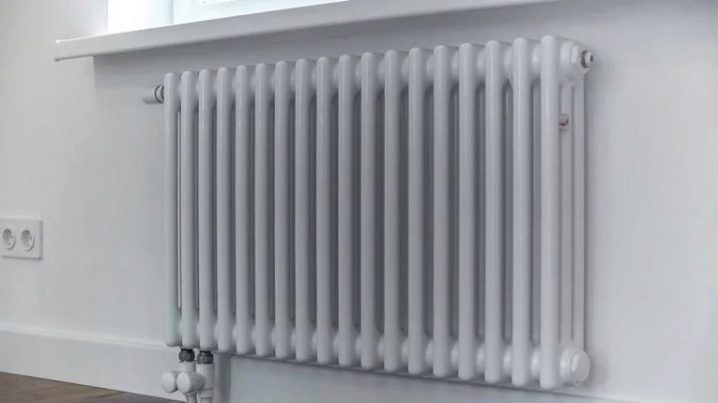
Etching
This procedure is necessary in order to carry out a complete disinfection of seeds. After planting seeds, various pathogenic microbes and bacteria can remain. All this carries the risk of complete destruction of the crop, therefore it is necessary to carry out disinfection and etching.
One of the most effective ways is to use a solution of potassium permanganate, for which it is necessary to dilute about 5 grams of potassium permanganate in 200 ml of water. It is enough to hold the seeds in this solution for about 30 minutes and you can no longer worry about the presence of any pathogens. After such procedures, it is imperative to rinse the seeds under running water and dry them using a regular towel.
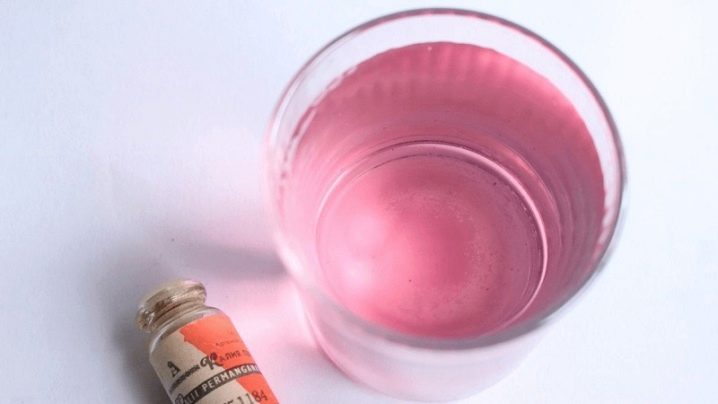
Soak
A distinctive feature of this procedure is that it allows you to prepare seeds for growth in soil conditions, as well as provide a stronger immune system. Thanks to this, a good harvest can be obtained at the exit. For soaking, it is enough to put the seeds in a damp cloth, then send them to the bag and to the refrigerator. It is best to keep them in the vegetable compartments, which are at zero temperatures.
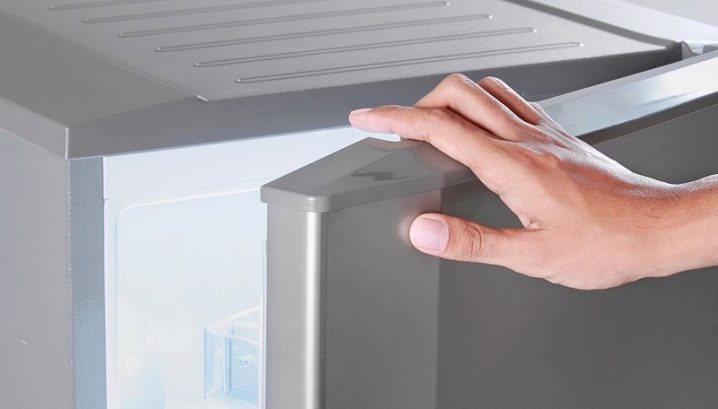
Germination
This procedure is not mandatory, however, most summer residents resort to it in order to shorten the growth time of the pepper.... After germination, it will be much easier for the seeds to reach the soil surface. To do this, it will be enough to take ordinary wet cheesecloth and put the seeds there. Periodically it needs to be moistened with water. You can roll the cheesecloth in the form of a snail. In the same way, toilet paper with seeds placed in it is rolled up and periodically slightly moistened.
To speed up the germination process, you can also use special preparations.
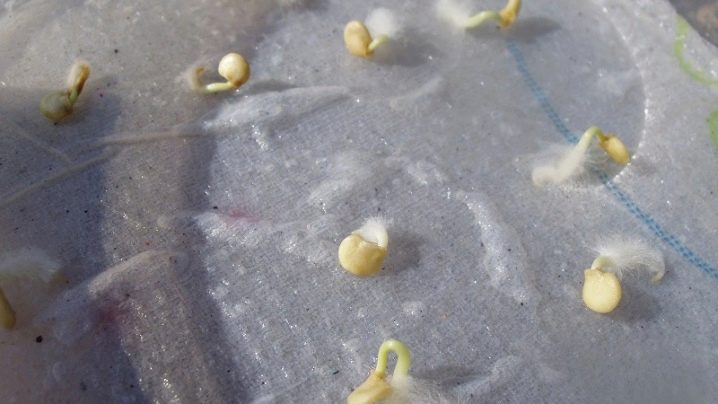
Planting methods
Today, there are several ways how to properly sow peppers for seedlings at home. Regardless of which container is used for planting, it must be treated with special disinfectants and the seeds must be placed to a depth of no more than one centimeter.
In boxes or plastic containers
In this case, containers are used, the height of which is no more than 100 mm. Crushed stone or expanded clay is poured into the container, thanks to which it will be possible to get rid of excess water. After that, soil is poured into the container, leaving a few centimeters free from the edge.
Using a regular ruler, small depressions are created into which pepper seeds are planted. In this case, the distance should be at least 3 cm from each other, since otherwise they will not be able to develop. It is best to use tweezers for maximum results and ease of use. After the seeds are laid, they must be sprinkled with earth, and the soil must be compacted and carefully watered.
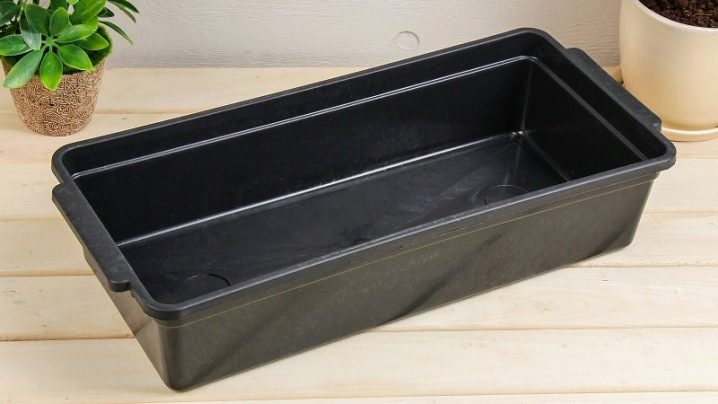
In cups
On the market today you can find special plastic cups that have a removable bottom. It is necessary to get rid of excess moisture, which is of paramount importance for the efficient growth of pepper seeds. If ordinary cups are used after yogurt or other similar products, then several holes must be made in the lower part so that water does not remain inside the cup. Then soil is poured into the container, a depression is made in it and a seed is sent there, sprinkling it with earth on top.
If the cup has a removable bottom, then planting will be much easier than using the usual option.
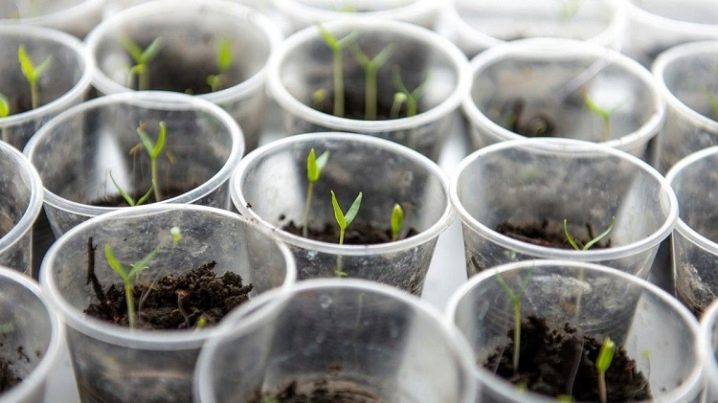
Peat pots or tablets
This method is one of the most popular and effective, as it allows you to quickly and safely prepare seedlings. The planting algorithm is practically the same as that presented when using plastic cups.
After the plant is fully grown, it must be transplanted into open ground or a greenhouse using ordinary peat containers. The main advantage of using this method is that the plants are not injured during the transplanting process, so that they can continue to grow at the same rate. In addition, on the market you can find a huge number of containers that differ in their dimensions and boast an affordable cost.
For best results, you can also use peat tablets, which are placed in separate glasses before planting the seeds. They are laid out in such a way as to provide the seeds with everything they need to grow quickly.
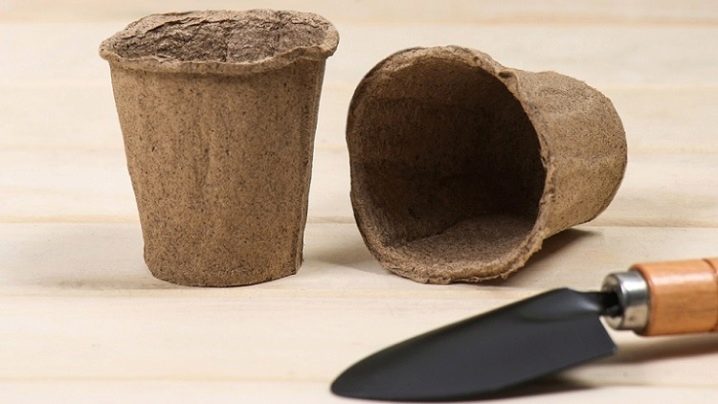
In cassettes
In some cases, cassettes are used to obtain pepper seedlings, which are plastic molds with cells. The main advantage of this method is that up to 12 plants can be grown on one device. You can also find special cassettes that are closed with a lid, as a result of which it is possible to guarantee an ideal microclimate for germination of pepper seeds.
It is necessary to put a mixture of soil or peat tablets in the cells and only after that you can begin to sow seeds.
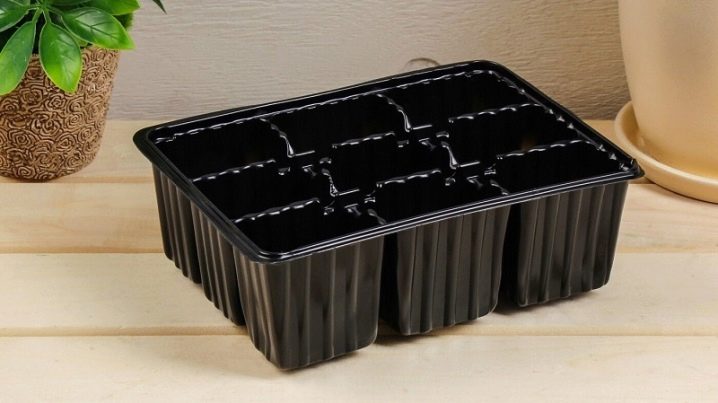
Into the hydrogel
A hydrogel is a unique polymer that can absorb huge amounts of moisture. Today, hydrogels can be found on the market in the form of powders or granules, each of which is different in its effectiveness. In order to prepare a hydrogel for growing pepper, you need to take 1 tablespoon of powder and a liter of water, and the mixture will be ready in 30 minutes. Pepper seeds are laid out on the surface of the resulting hydrogel, so that in the future the plant will not need watering. You don't need to place them too deep.
After the sprouts appear, you will need to remove the seeds with a regular spoon and transfer to glasses. A distinctive advantage of the hydrogel is that it allows you to get perfectly germinated seeds and safely transplant them into another container. This greatly increases the yield of the crop.
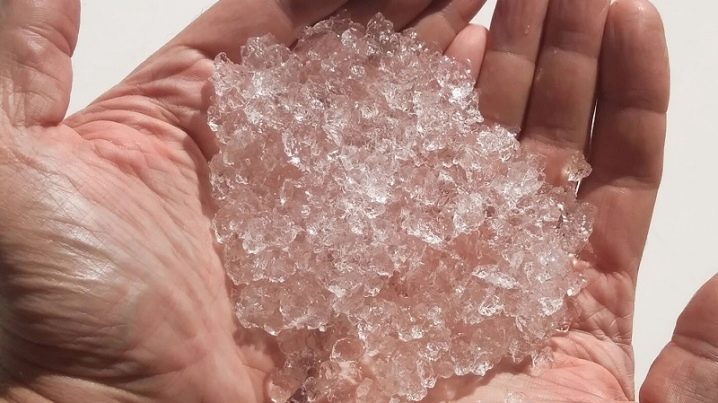
Care
After sowing is completed, it is necessary to provide the proper level of seed care. It is extremely important to monitor the temperature, which must be at least 25 degrees, otherwise the seeds will not be able to germinate. For irrigation, it is allowed to use water at room temperature. If it is unfiltered, then it is necessary to clean it. The ideal solution is to use rainwater to speed up the germination process.
After the seeds sprout together, they need to be dived in order to ensure further normal development. If you strictly follow all agrotechnical techniques, use high-quality seeds and carry out all the work at the highest level, then on the fifth day you can see seedlings.
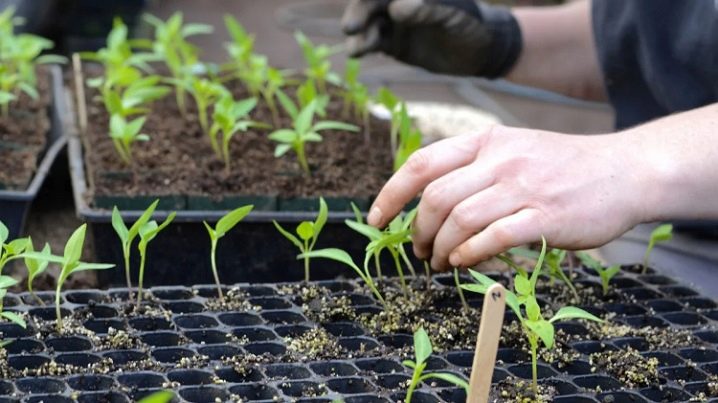













The comment was sent successfully.